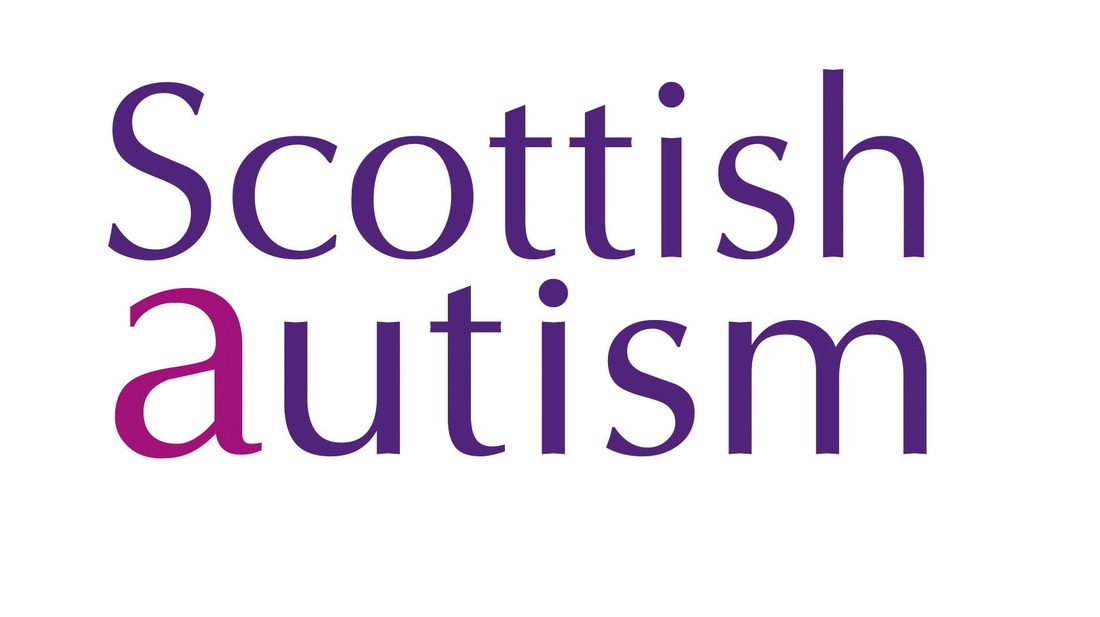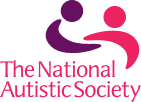Autistic Spectrum Disorder
Autism is a pervasive development disorder and since the 1980’s the idea of a ‘spectrum of autistic disorders’ has been widely acknowledged.
The causes of autism are complex and it is unlikely that there is a single cause, but rather a set of triggers involving biological/medical, psychological and behavioural factors. There appears to be a strong genetic link.
Psychological assessments can be helpful but they cannot be used to confirm or deny a diagnosis of ASD. The diagnosis is medical and is made by recognising patters or behaviour from early life where the impairments of social interaction, communication and development of imagination are crucial. This is known as the “Triad of Impairments’.
At one end of the spectrum will be a normally intelligent child with mild autism, and at the other end will be the child with profound learning difficulties and severe autism. The estimated prevalence of ASD is 6:1000 and it affects four times as many boys as girls.
What are the main characteristics?
Social Interaction The child will have an inability to empathise with others and will find it difficult to understand the feelings and/or behaviour of others.
They may appear withdrawn and make little attempt to make friends, often being described as ‘aloof’. Sometimes their behaviour is odd – using inappropriate greetings, touching or being aggressive.
Children with ASD have difficulties understanding and interpreting social situations and may become distressed or confused.
Communication This includes a difficulty in making sense of and using both verbal and non-verbal communication such as eye contact, facial expression, gesture and body language.
Some children never develop speech; others experience a significant language delay and when they do begin to use language it is often repetitive and/or learned phrases from things such as television cartoons or adverts.
In contrast, some children appear to have good expressive language but still have difficulties in understanding and tend to interpret literally.
Thought and Imagination An impairment in thought and imagination affects every area of thinking, language and behaviour.
In Early Years settings an impairment in play and imaginative activities is often noticeable. Children may become fixated by a particular toy, especially one that spins and shines. They may develop repetitive and/or obsessive interests and are often more interested in objects than people.
Changes in routine can cause distress because ASD children are dependant upon routine to make sense of their environment.
Additional Difficulties
In addition to the ‘triad of impairments’ children with ASD may experience any number of the following:
- Hand flapping, rocking or spinning
- Sensitivity to noise, smell, taste, touch or visual stimuli
- Erratic sleeping patterns
- Unusual sleeping habits
- Self injury
- Aggressive behaviour
- Hyperactivity
- A strange gait or posture – often walking on tip-toes
- Irrational fears or phobias




